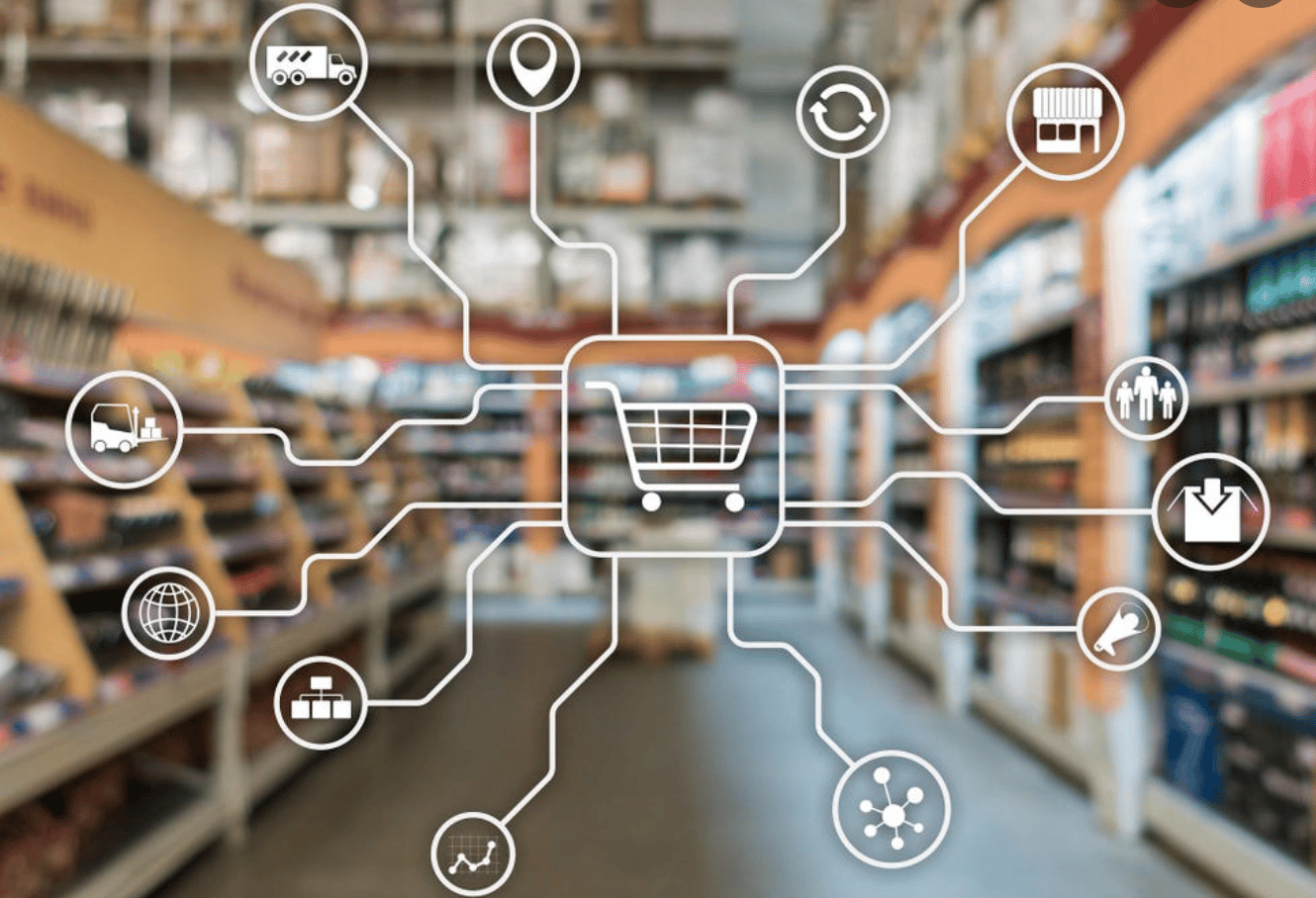Come fly with me
...let's fly, let's fly away! Many would like to fly away from Corona, especially our beloved retailers, because the pandemic still has them in its grip, even if, fortunately, not quite as strongly. But perhaps flight can be used in the retail landscape, albeit in a completely different way, to come out of the pandemic even stronger? The latest Forbes Retail Tech Trends are available and of course, we don't want to withhold them from you.
For example, it’s still no secret that the number of online orders is at an all-time high and retailers are thus increasingly confronted with fewer walk-in customers, thus facing the mammoth task of keeping up with online retail. However, it should not be forgotten that customers are also aware that online shopping cannot replace certain qualities of an in-store experience. Retailers must therefore use various technologies to make their in-store experience even more unique. For example, seamless omnichannel experiences that combine the online experience with the in-store space can help drive customers back to stores.
Cashierless shopping is already headed in an interesting direction. However, cashierless doesn’t mean that there are only self-checkouts, but rather that the entire act of checking out is non-existent. Customers go into the store, put their purchases in the shopping cart and leave, seemingly without paying. The experimental setup was called Amazon Go, which uses camera tracking to track which products you take away and which end up being charged to your Amazon account. So it doesn’t work completely without paying after all, too bad. The test phase was considered a success and will be implemented in the near future, but society will also have to adapt to it, because the fact that jobs are being cut will certainly require one or two discussions and decisions.
Experience is becoming an increasingly important factor when it comes to deciding which retailer customers want to visit. For a while now, people have not only been looking at the merchandise and its price. Nowadays, decision-making factors include far more aspects, such as customer service, accessibility, and a welcoming environment. It is also important to understand how new technologies can be implemented to even exceed these expectations. For example, at Nike’s House of Innovation, we see that all salespeople are equipped with a smartphone to provide customers with the most personalized experience possible, allowing them to access the customer’s profile via the app to directly view the customer’s needs.
However, shipping can also be an important part of the experience: Customers want fast and flexible deliveries. Especially the last kilometers are very costly for retailers and many entrepreneurs have recognized this potential. That’s why companies like Starship have developed autonomous delivery vehicles for this purpose. Those who order via app get everything delivered completely unmanned, the vehicles travel on bike paths and sidewalks and are programmed according to the highest safety standards. But over the air is not out of the question either, as was seen in the example of Amazon’s drone deliveries. The concept was originally scheduled to launch in 2018, but has been constantly postponed, possibly because the airspace and the legal framework still need to be finally defined. So until we can all take off together and even the pizza arrives by drone, we’ll stay excited and listen to Frank Sinatra’s Come fly with me and imagine the airy future.
Source: https://www.forbes.com/sites/bernardmarr/2022/01/12/the-five-biggest-retail-tech-trends-in-2022/
